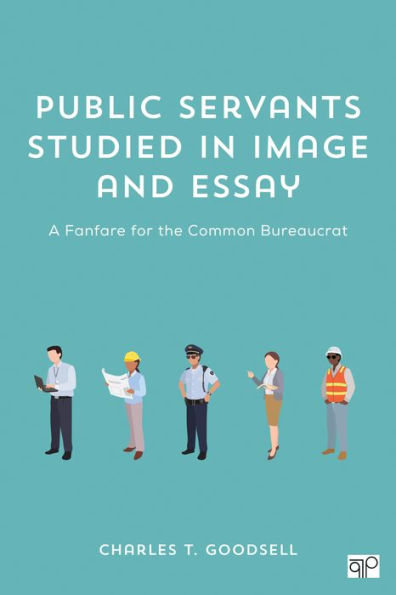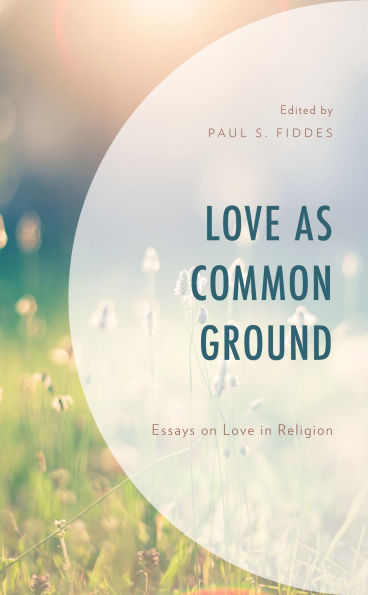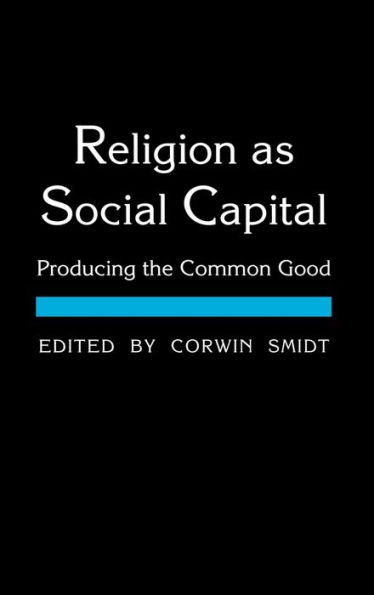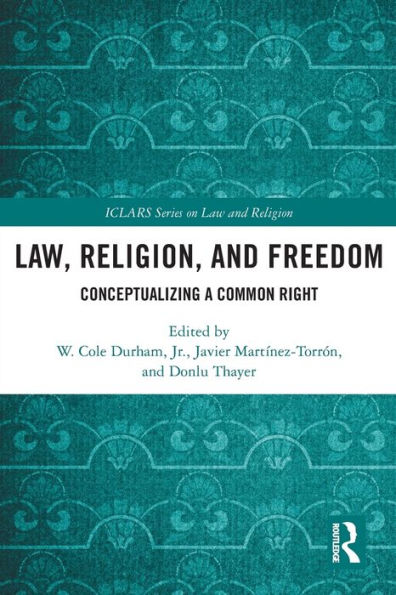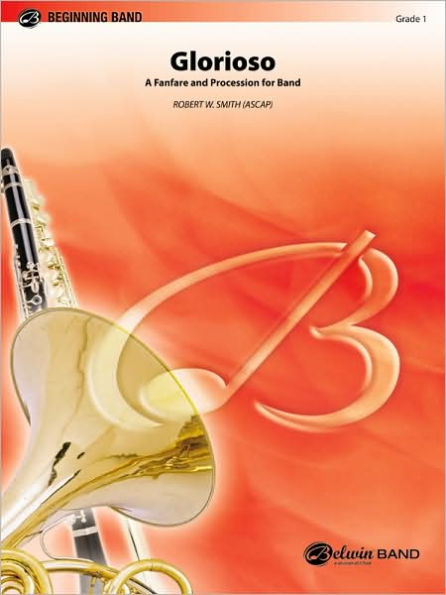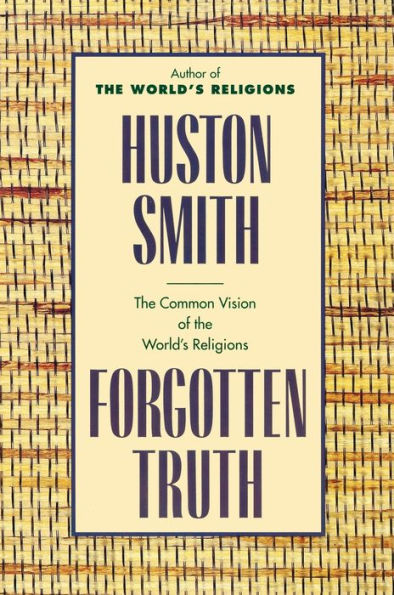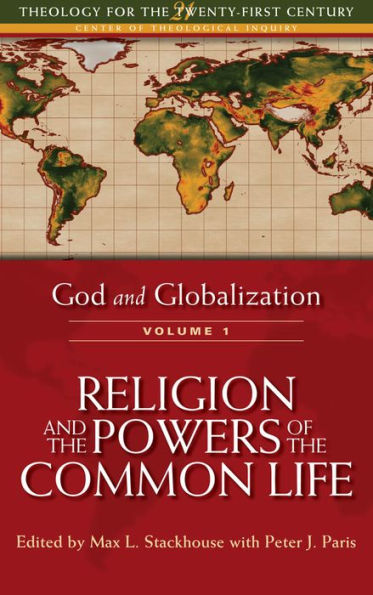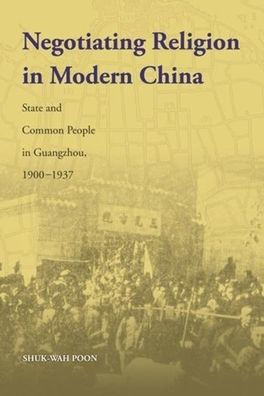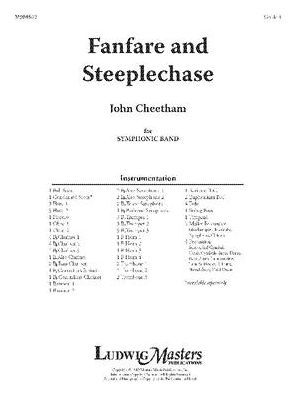Home
Fabricating Religion: Fanfare for the Common e.g.
Barnes and Noble
Fabricating Religion: Fanfare for the Common e.g.
Current price: $101.99
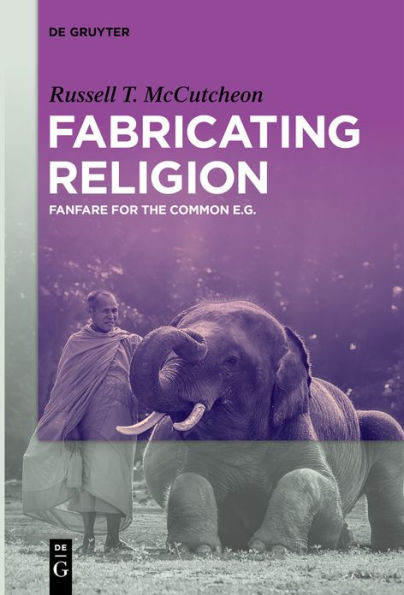

Barnes and Noble
Fabricating Religion: Fanfare for the Common e.g.
Current price: $101.99
Size: Hardcover
Loading Inventory...
*Product information may vary - to confirm product availability, pricing, shipping and return information please contact Barnes and Noble
The revised essays collected here, four of which are published for the first time, continue a longstanding argument made by McCutcheon and others: that the study of religion would benefit from self-conscious scrutiny of its tools, the interests that may drive them, and the effects that might follow their use. The chapters examine a variety of contemporary sites in the modern field where this thesis can be argued, whether involving the anachronistic use of of the category
religion
when studying the ancient world to current interest in so-called
critical religion
or
critical realist
approaches. Moreover – contrary to some past characterizations of such critiques – a constructive way forward for the field is once again recommended and, at several sites, exemplified in detail: redescribing not only religion as something ordinary but also our tendency to create the impression of exceptional and thus set-apart things, places, and people. Aimed at scholars and students alike, the book is an invitation to examine our own scholarly practices and thereby take a more active role in shaping the field in which we carry out our work as scholars of this thing we call religion.
religion
when studying the ancient world to current interest in so-called
critical religion
or
critical realist
approaches. Moreover – contrary to some past characterizations of such critiques – a constructive way forward for the field is once again recommended and, at several sites, exemplified in detail: redescribing not only religion as something ordinary but also our tendency to create the impression of exceptional and thus set-apart things, places, and people. Aimed at scholars and students alike, the book is an invitation to examine our own scholarly practices and thereby take a more active role in shaping the field in which we carry out our work as scholars of this thing we call religion.

